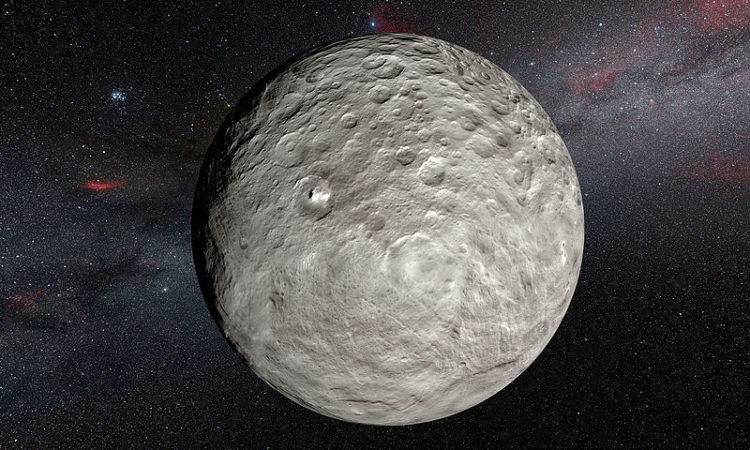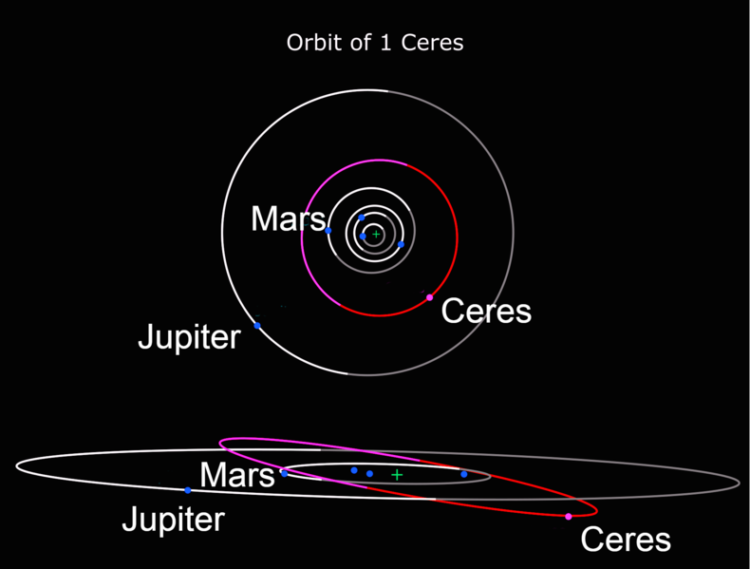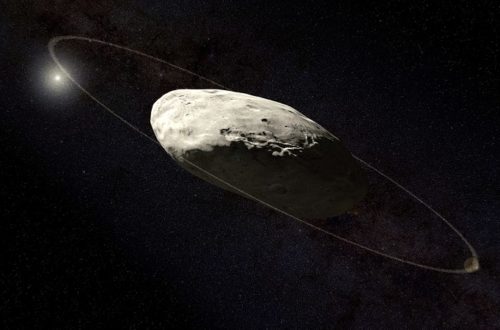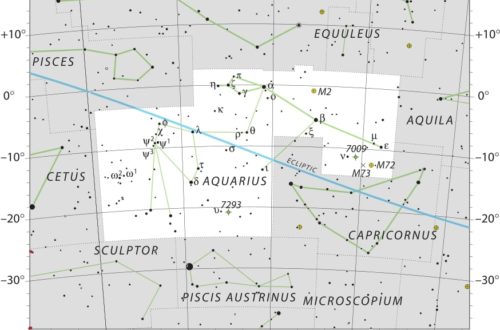A Good Time to Observe Dwarf Planet Ceres

On March 21, we have a great opportunity to observe the dwarf planet Ceres. It will be at opposition, which means it will reach the highest point in the sky at around midnight and opposite to the Sun. At the same time Ceres will be closest to the Earth (perigee) at a distance of 1.59 AU. At this time it will be the brightest, with an apparent magnitude of 6.9. Look in the constellation of Coma Berenices with binoculars or a telescope. If you miss it, you can also see it in the next few days, while it’s still close to us.
Would you like to be notified of stargazing events?
See more information and other astronomical events in our stargazing calendar for March 2023.

When Ceres was first discovered by Catholic priest Giuseppe Piazzi in 1801, it was first thought to be a planet, later reclassified as an asteroid. In 2006, the International Astronomical Union (IAU) defined it as a dwarf planet. Ceres was named after the Roman goddess of agriculture.

Ceres orbits the Sun near the middle of the asteroid belt (perihelion at 2.55 AU and aphelion 2.98 AU) with an orbital period of 4.6 Earth years. Its orbit is moderately tilted with an inclination of 10.6° and slightly elongated with an eccentricity of 0.08.
At a mean diameter of 939 km Ceres is the largest asteroid and the first one discovered. It is also the nearest dwarf planet and has a surface gravity of just under 3% of Earth’s.
NASA’s Dawn spacecraft launched in September 2007, had a mission of studying the two largest members of the asteroid belt – Ceres and Vesta. It entered orbit around Ceres on March 6, 2015. Earlier on its way there in January 2014, Dawn discovered emissions of water vapor. This means that Ceres has a very thin atmosphere similar to the one the Earth’s Moon has.
Would you like to receive similar articles by email?





